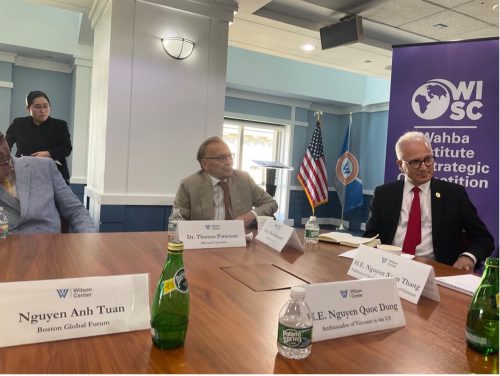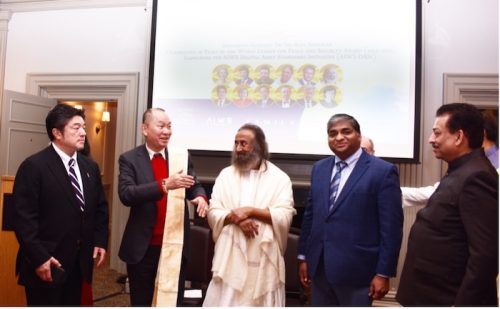The 2019–20 coronavirus pandemic originates from a virus, referred to as the 2019 novel coronavirus, or as the severe acute respiratory syndrome coronavirus 2 (SARS-CoV-2), which induces the infectious disease called Covid-19 (Coronaviridae Study Group of the International Committee on Taxonomy of Viruses, 2020). After an outbreak was identified in Wuhan, China, in December 2019, cases started being reported across multiple countries all over the world, ultimately leading to the World Health Organization (WHO) declaring it a pandemic on the 11th of March 2020 (WHO, 2020). As of 12 May 2020, the pandemic led to more than 287,800 confirmed deaths and more than 4.2 million confirmed cases, spreading across 187 countries.
One of the most cited indicators regarding the disease is the reported case fatality rate (CFR), which indicates the proportion of confirmed cases which end fatally. In the paper, the authors illustrate how tools from causal inference, and in particular mediation analysis, can help interpret data related to the epidemic and better compare CFRs across different countries. The paper has also good analysis based on the observation of a peculiar statistical paradox involving data from China and Italy. Using the contemporary example of comparing Covid-19 CFRs between China and Italy, the authors have illustrated how methods from causal inference, in particular mediation analysis, can be used to resolve apparent statistical paradoxes and answer various causal questions from data regarding the current pandemic.
The paper main accomplishment is to illustrate some fundamental and useful concepts in causal inference to facilitate reasoning about different causal hypothesis regarding the ongoing SARS-CoV-2 pandemic, relating to the attribution of mortality to different factors. The paper is also received a highly-praised comment by Professor Judea Pearl as “This paper is the first COVID-19 analysis I read that goes beyond data-fitting and tells society: Yes! AI can be trusted to extract meaning from data, and can do so rigorously and practically if properly directed and wisely supported.”
It is also useful to note that Professor Judea Pearl is one of the pioneers for developing a theory of causal and counterfactual inference based on structural models. In 2011, Professor Pearl received the Turing award from Association for Computing Machinery (ACM), which is the highest distinction in computer science, “for fundamental contributions to artificial intelligence through the development of a calculus for probabilistic and causal reasoning”. In 2020, Professor Pearl is also awarded as World Leader in AI World Society (AIWS.net) by Michael Dukakis Institute for Leadership and Innovation (MDI) and Boston Global Forum (BGF). At this moment, Professor Pearl is a leading contributor on Causal Inference for AI transparency, which is one of important AIWS.net topics on AI Ethics.
The original article can be found here.










